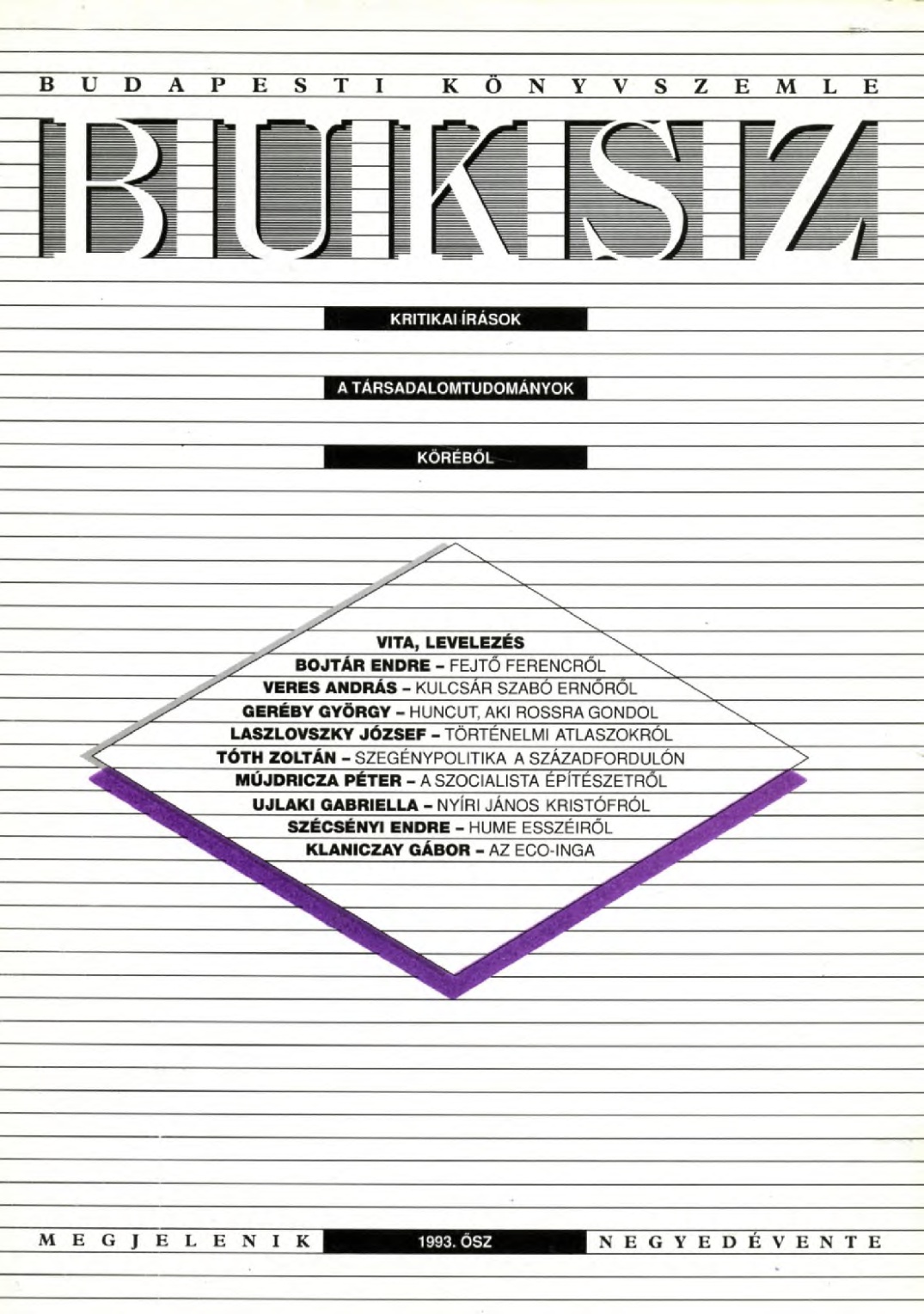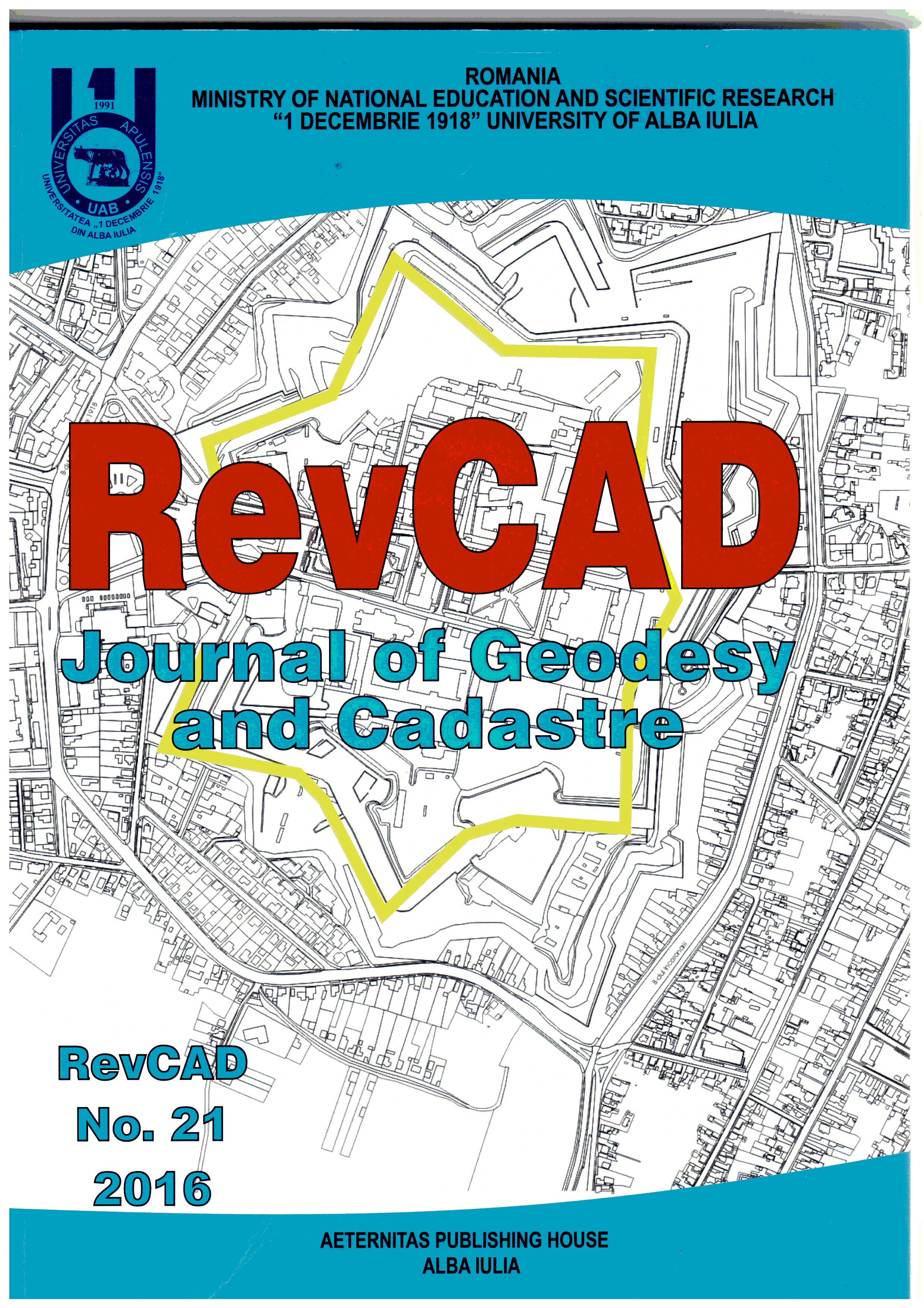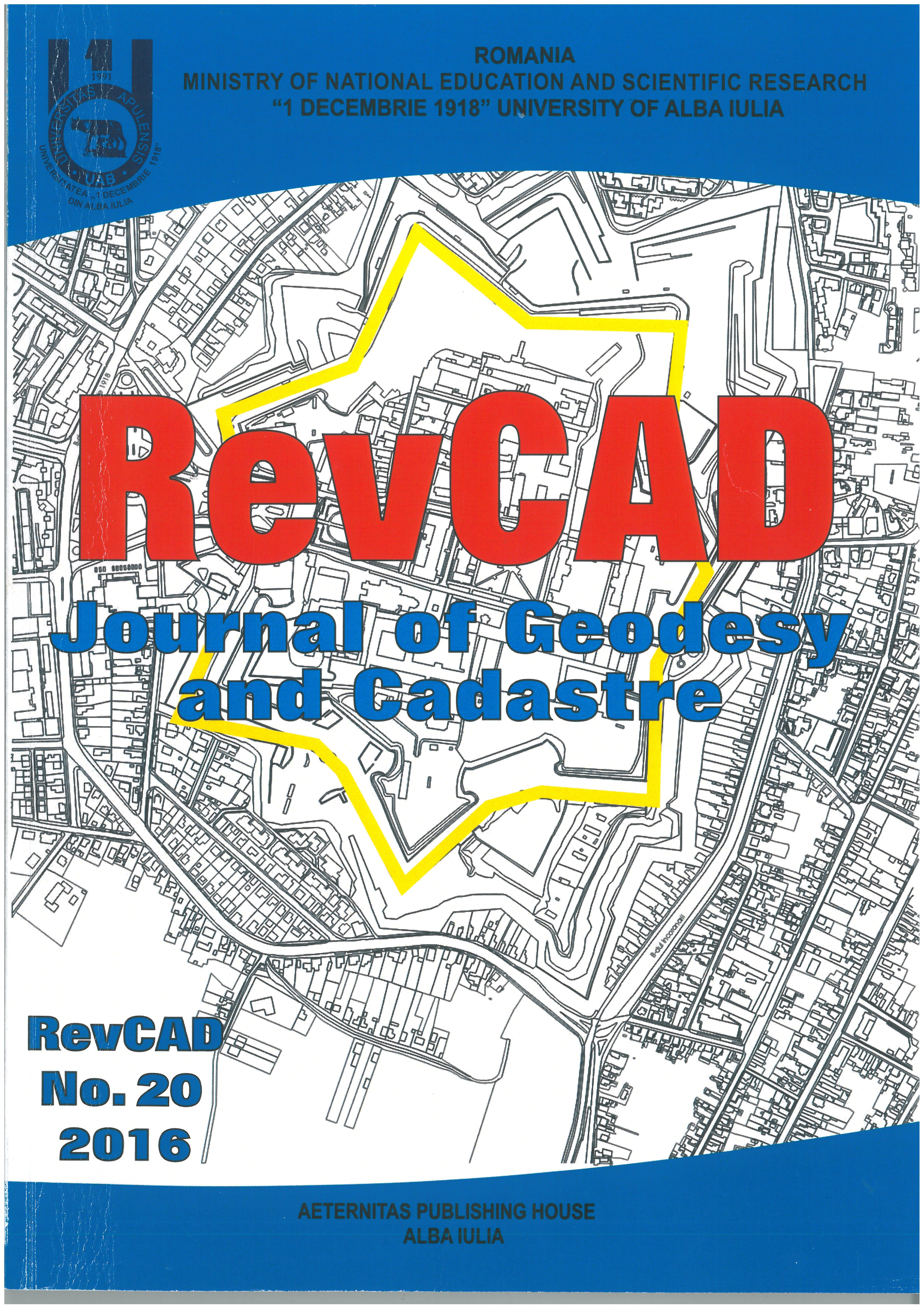
Per angusta ad augusta. A történelmi atlaszokról. Donald Matthew: A középkori Európa atlasza. The Times Atlasz. Világtörténelem. Történelmi Világatlasz
A történelmi atlaszok készítése hosszadalmas, aprólékos kutatómunkát igénylő feladat. Egyszerre sokféle követelménynek kell megfelelni, hiszen együtt kell szem előtt tartani a történelmi szakmai szempontokat, a térképkészítés törvényeit és a képi megjelenítés vizuális lehetőségeit. Jó történelmi térkép készítése nem egyszerűen azt jelenti, hogy ismert történelmi eseményeket vagy folyamatokat atlasz formájában is bemutatunk. Önálló kutatásokat kell végezni ahhoz, hogy el lehessen dönteni, vajon milyen időszeletekben megrajzolt állóképek, máskor dinamikus fejlődési képek reprezentálják legjobban a történelem egyes korszakait.
More...

